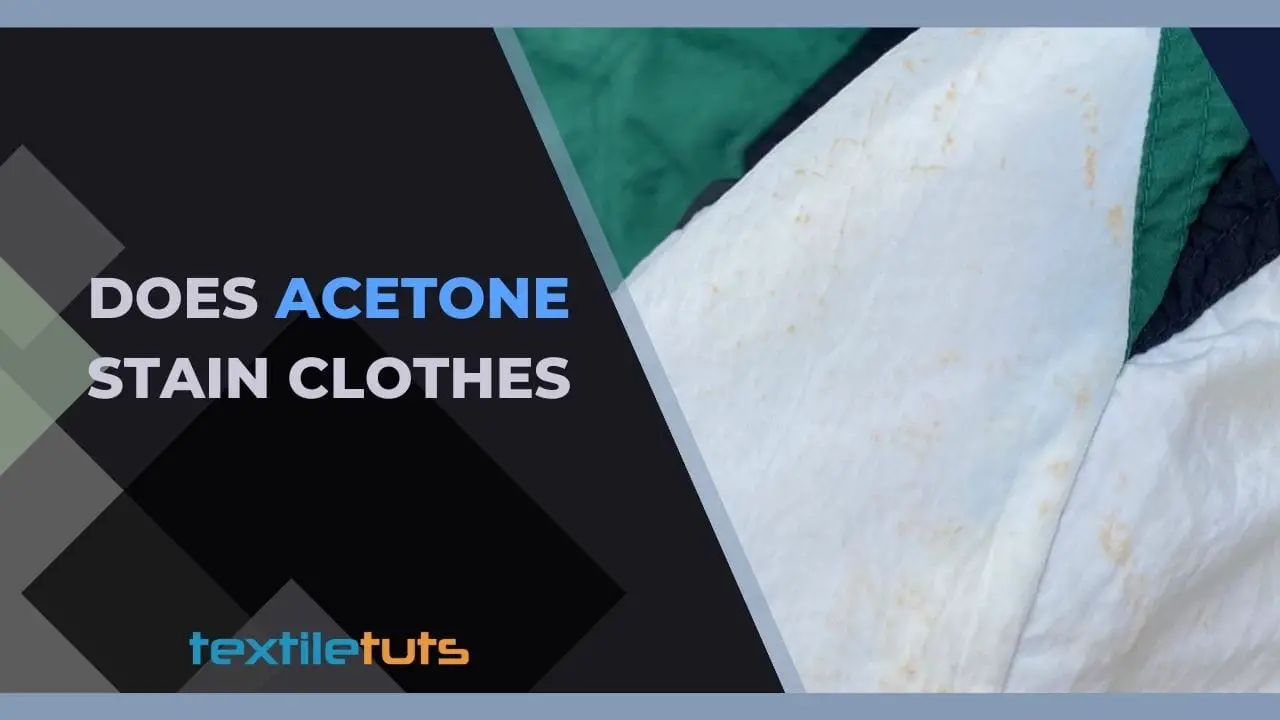Does Acetone Stain Clothes? – Effects Of Nightmare
Acetone is a colorless, flammable, powerful solvent commonly used in nail polish removers, paint thinners and adhesive removers. Due to its widespread usage, the possibility of accidentally spilling it on clothing is relatively high. As such, the question “Does Acetone Stain Clothes?” is one that several people have asked.
Yes, acetone can potentially stain clothes. When it comes into contact with certain fabrics, it can dissolve dyes and pigments, resulting in color transfer or staining. To prevent staining, avoid spilling or splashing acetone onto your clothes. If an accident does occur, act quickly by washing the clothes in fresh water.
I will explore the effects of acetone on different types of fabrics and investigate whether it can leave permanent stains. I will also provide tips on how to remove acetone stains from clothing.
Can Acetone Leave Stains on Clothes?
Acetone can leave stains on clothes, especially if it is spilled or accidentally applied to certain types of fabrics.

Acetone is a strong solvent commonly found in nail polish removers, paint thinners, and various industrial applications. It is highly effective at dissolving many types of materials, including plastics, paints, and oils.
If acetone comes into contact with certain fabrics, such as acetate, triacetate, rayon, and some types of silk, it can cause the fabric’s fibers to break down and lead to discoloration or staining. The staining can be more pronounced if the fabric is colored or dyed.
It’s essential to be cautious when using acetone or products containing acetone near clothing to prevent accidental spills or splatters.
If a spill occurs, you should gently blot the affected area with a clean cloth or paper towel to absorb as much of the acetone as possible before it sets into the fabric. Avoid rubbing, as this could spread the stain further, then wash the clothes in fresh water to remove all the acetone solvent.
Best Practices for Treating Acetone Stains
Acetone stains can occur when acetone, a strong solvent commonly found in nail polish removers and other cleaning products, comes into contact with various surfaces.
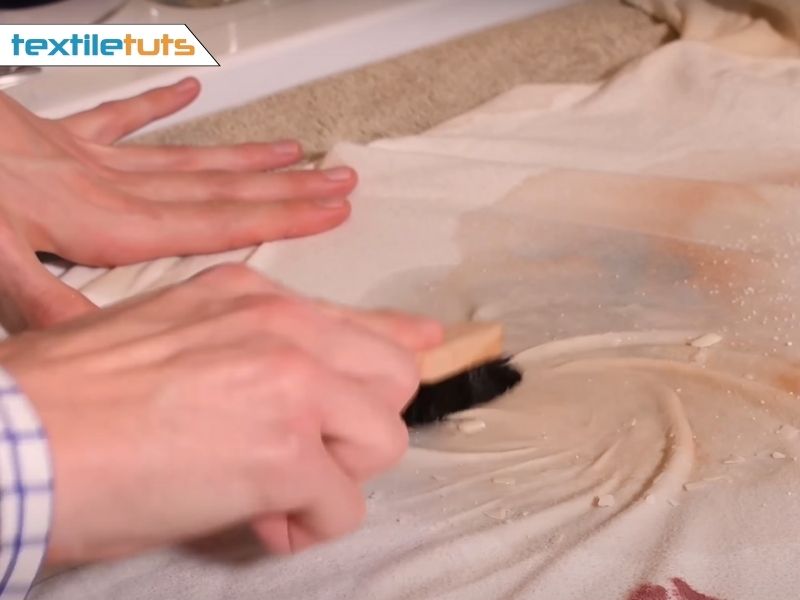
These stains can be tricky to remove without causing further damage, so it’s essential to follow some best practices to effectively treat them. Here are the steps you can take to handle acetone stains:
Act Quickly
The sooner you address the stain, the easier it will be to remove. As soon as you notice the acetone spill or stain, try to clean it up immediately.
Ventilation
Ensure proper ventilation in the area where you’re working with acetone. Use it in a well-ventilated space to prevent inhaling its fumes.
Blot Excess Acetone
If there is any excess acetone on the surface, gently blot it with a clean and absorbent cloth or paper towel. Be careful not to spread the stain further.
Test in an Inconspicuous Area
Before attempting any cleaning method, test it in a small, inconspicuous area of the affected surface to make sure it doesn’t cause any damage or discoloration.
Water and Mild Soap
For most surfaces like tile, linoleum, or glass, you can start by cleaning the area with a mixture of warm water and mild dish soap. Use a soft cloth or sponge to gently scrub the stain.
Isopropyl Alcohol
If the stain persists, you can try using isopropyl alcohol (rubbing alcohol) to remove it. Dampen a clean cloth with alcohol and gently blot the stain. Rinse with water and dry the area thoroughly.
Avoid Harsh Chemicals
Avoid using harsh chemicals or abrasive cleaners as they may damage the surface you’re trying to clean.
Wood Surfaces
If the acetone stain is on wood, it’s best to consult a professional, especially if the wood has a finish. Using the wrong cleaner or technique could damage the wood further.
Carpet and Fabric
For carpets or fabric, blot the excess acetone gently using a clean cloth or paper towel. Then, use a specialized carpet or fabric cleaner according to the manufacturer’s instructions. Again, test in an inconspicuous area first.
Seek Professional Help
If the acetone stain persists, or if you’re dealing with a valuable or delicate surface, it’s best to seek help from a professional cleaner or restoration expert.
Types of Fabrics and Their Susceptibility to Acetone Stains
Acetone stains can have varying effects on different types of fabrics due to the solvent’s chemical properties. Here are some common fabric types and their susceptibility to acetone stains:
Synthetic Fabrics
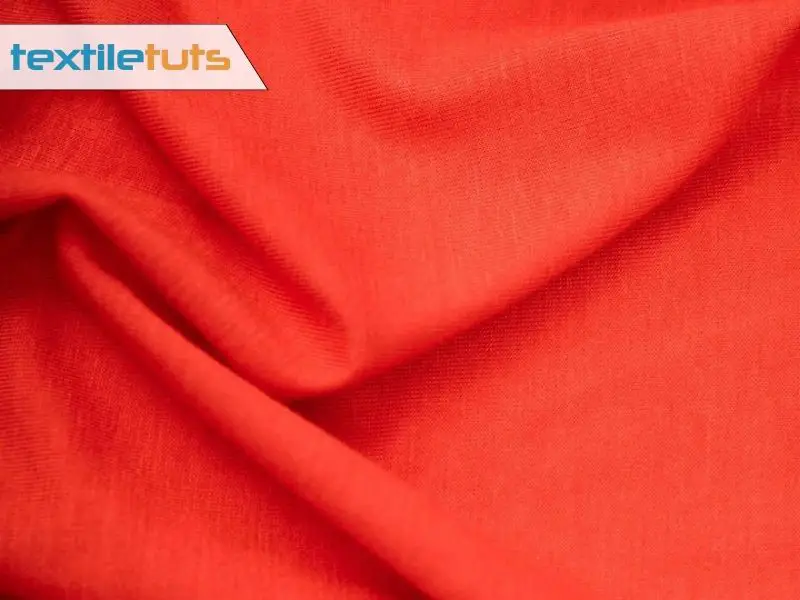
- Nylon: Highly susceptible to acetone stains. Acetone can dissolve nylon fibers and cause severe damage, including holes and weakening of the fabric.
- Polyester: Like nylon, polyester is also very susceptible to acetone stains, leading to fiber damage and color distortion.
- Acrylic: Acetone can dissolve acrylic fibers, causing them to break down and weaken.
- Spandex: Highly vulnerable to acetone, which can lead to the deterioration of spandex fibers.
Natural Fabrics

- Cotton: Acetone can damage cotton fibers, leading to color fading and weakening of the fabric.
- Wool: Wool is moderately susceptible to acetone stains. Acetone can cause color bleeding and weaken the fibers.
- Silk: Acetone can damage silk fibers, leading to luster loss and fabric weakening.
- Linen: Linen is moderately susceptible to acetone stains, leading to color fading and fiber damage.
Acetate Fabrics
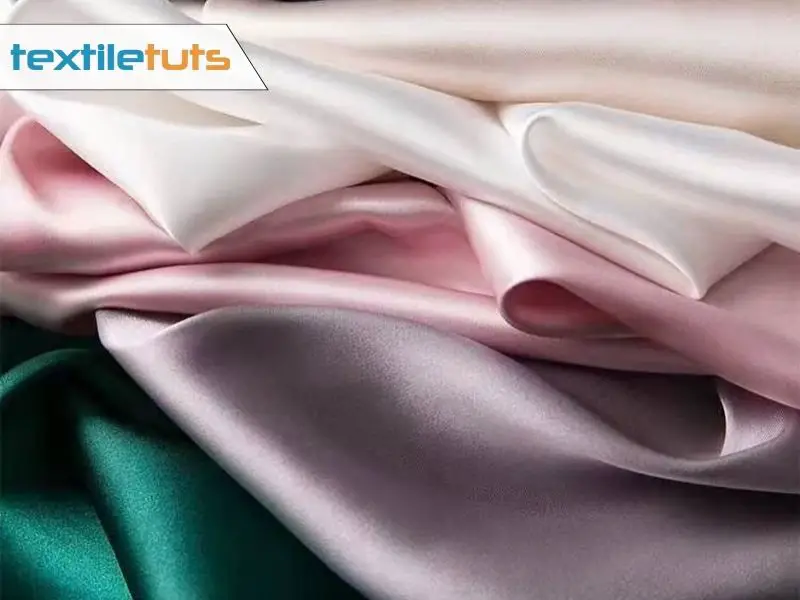
- Acetate fabrics are highly vulnerable to acetone stains. Acetone can rapidly dissolve acetate fibers, leading to severe damage.
Blended Fabrics
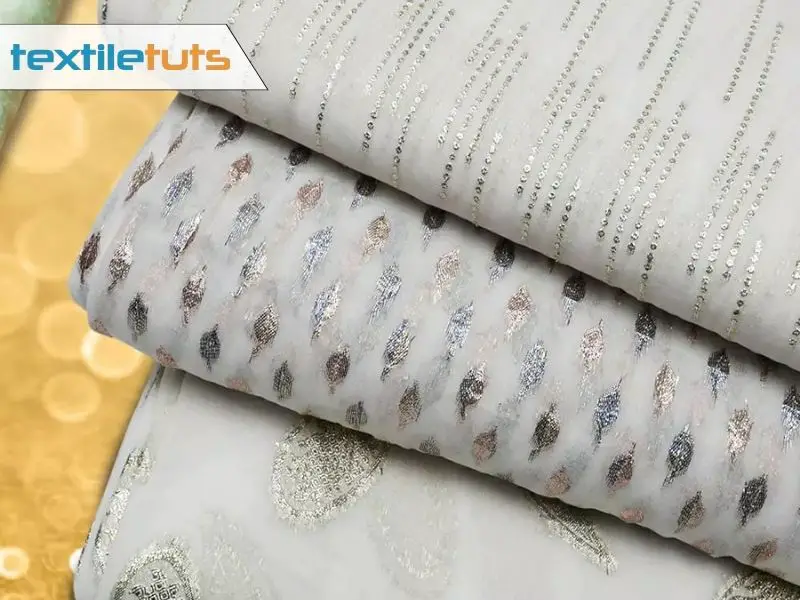
- Fabrics that are blends of natural and synthetic fibers can have varying susceptibility to acetone stains, depending on the proportion of each fiber. In general, the synthetic component makes the fabric more vulnerable to acetone damage.
Acetone’s effect on fabrics can be rapid, so avoiding using acetone-based products on or near fabrics is best to prevent accidental spills and stains. If acetone does come into contact with cloth, immediate action is necessary to minimize damage.
Tips for Preventing Acetone Spill and Stains on Clothes
Preventing acetone spills and stains on clothes is essential to avoid damage to your garments. Here are some tips to help you prevent such accidents:
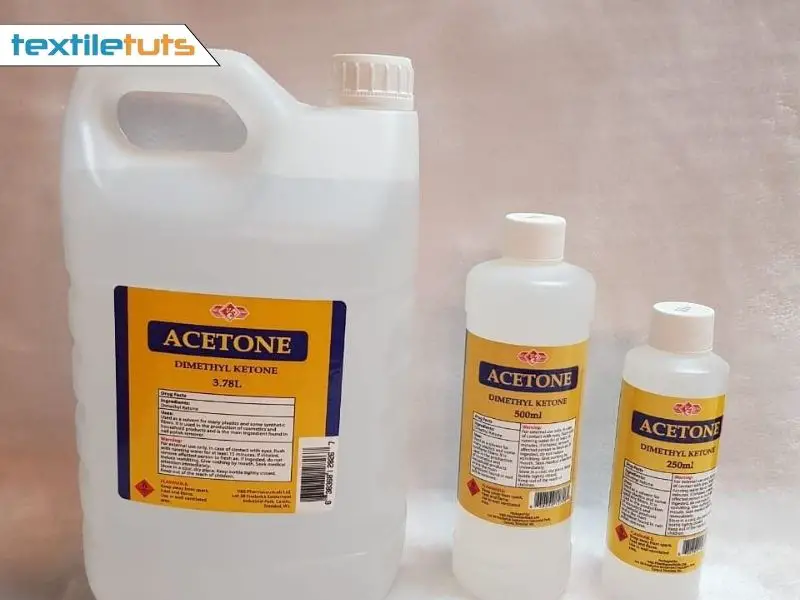
Work in a Well-Ventilated Area
When using products containing acetone, such as nail polish remover or certain cleaning agents, make sure to work in a well-ventilated space. Adequate ventilation helps disperse the fumes and reduces the chances of spills due to dizziness or lack of focus.
Use Spill-Proof Containers
Transfer acetone and other liquids into spill-proof containers with secure caps or lids. Avoid using open or loosely sealed containers that can easily tip over or spill.
Handle Acetone with Care
Be cautious when handling acetone. Slow and deliberate movements can help prevent accidental spills.
Avoid Multitasking
When using acetone or any strong solvent, focus solely on the task at hand and avoid multitasking, which could increase the risk of spills.
Use Droppers or Pump Dispensers
When applying acetone, use droppers or pump dispensers to control the amount you use, reducing the risk of over-pouring and spills.
Cover Work Surfaces
If you’re working on a surface where spills could occur, cover it with an old cloth or disposable material to catch any accidental spills.
Wear Protective Clothing
If you’re using acetone for tasks like nail polish removal, consider wearing old clothes or a protective apron to prevent stains on your regular clothing.
Keep Acetone Away from Clothes
Store products containing acetone away from clothing, especially in a secure location where children and pets cannot access them.
Avoid Applying Acetone Near Clothes
When using acetone-based products, try to keep them away from your clothing to prevent any accidental splashes or spills.
Clean Up Spills Immediately
If a spill does occur, act quickly. Use a clean cloth or paper towel to blot the excess acetone gently. Avoid rubbing, as it can spread the stain further.
Can Acetone Stains Be Removed from Clothes?
Yes, acetone stains can be tricky, but there are ways of removing downy stains from clothes. Start by blotting the stain with a clean cloth to soak up as much acetone as possible. Then, apply a stain remover or a mix of dish soap and water before washing the garment as usual.
Final Words
Acetone is a powerful chemical that can easily remove paint, nail polish, and other substances from clothing. However, it can also cause stains if not used properly or if it comes in contact with certain types of fabrics. When using acetone, it’s essential to test it on a small, inconspicuous area of the fabric first to ensure it won’t cause damage or discoloration. For those who enjoy custom fabric designs, considering the best paint for clothes is crucial to avoid accidental stains that may be difficult to remove. By taking proper precautions and choosing high-quality materials, you can protect your clothing while achieving your desired results.
So, it is best to exercise caution when using acetone and to follow the manufacturer’s instructions carefully. In case of accidental spills or stains, wash the fabric using fresh water to clean acetone.
Please follow the instructions I have given above to remove any stain caused by acetone without causing further damage to the fabric. You can ensure that your clothes remain stain-free and in good condition by being careful and taking the necessary precautions.

